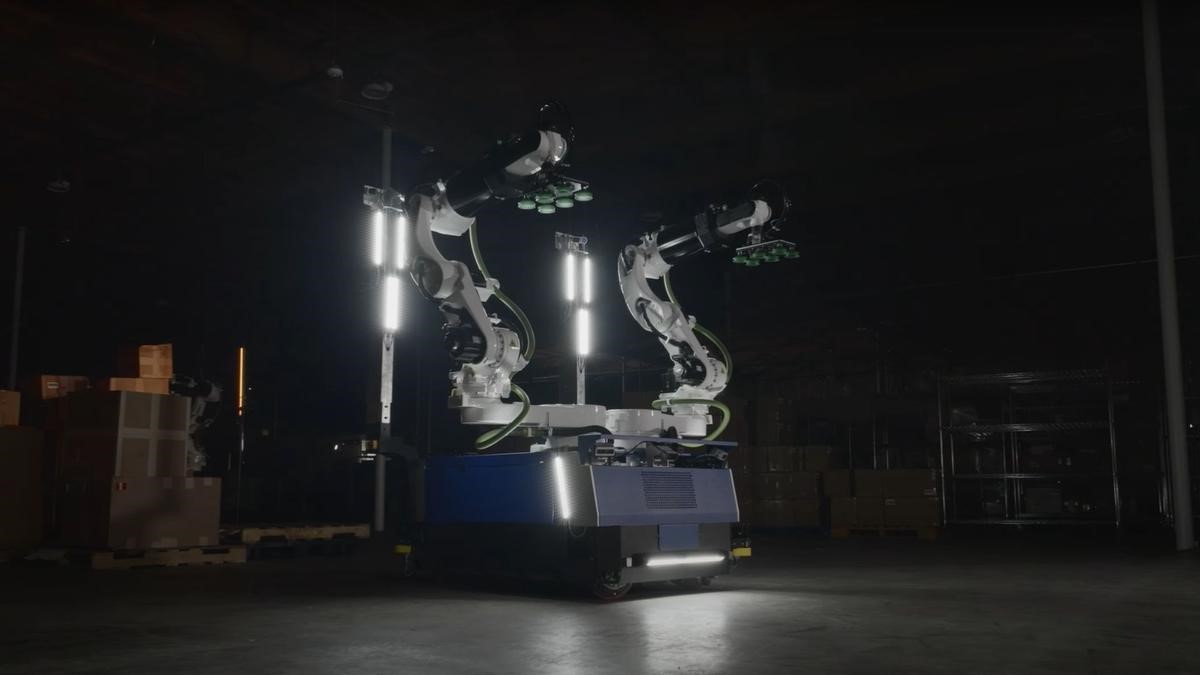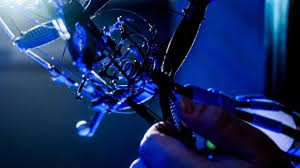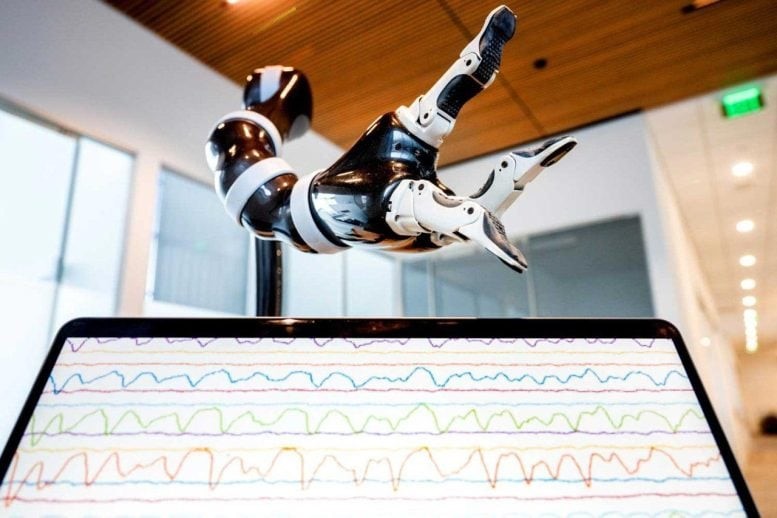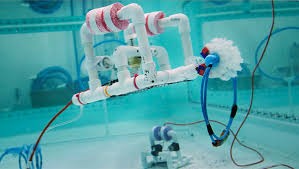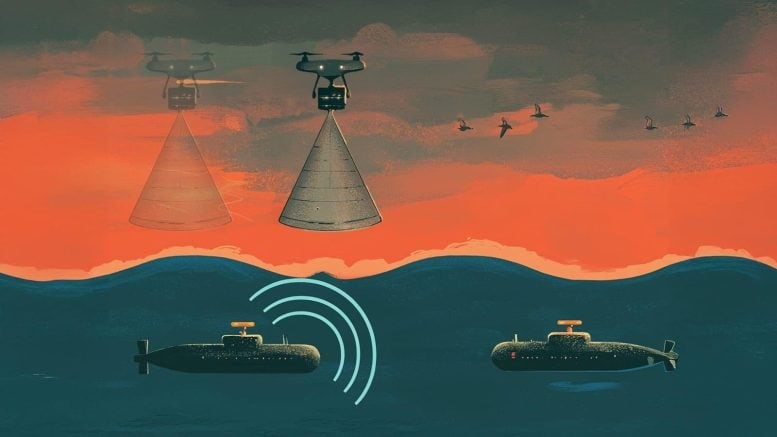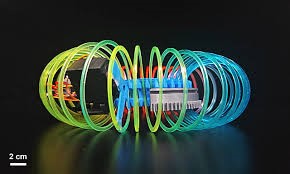Scientists Create a 6-Gram Mini Robot Capable of Swimming Through Tight Spaces Effortlessly
EPFL engineers have developed a flexible swimming robot inspired by marine flatworms, capable of navigating congested water surfaces with ease. This innovative device paves the way for advancements in environmental monitoring and ecological research.
Swimming robots play a crucial role in mapping pollution, studying aquatic ecosystems, and monitoring water quality in sensitive areas like coral reefs and lake shores. However, many current models use noisy propellers that may disrupt or harm wildlife. Additionally, navigating these environments is difficult due to natural obstacles such as plants, animals, and debris.
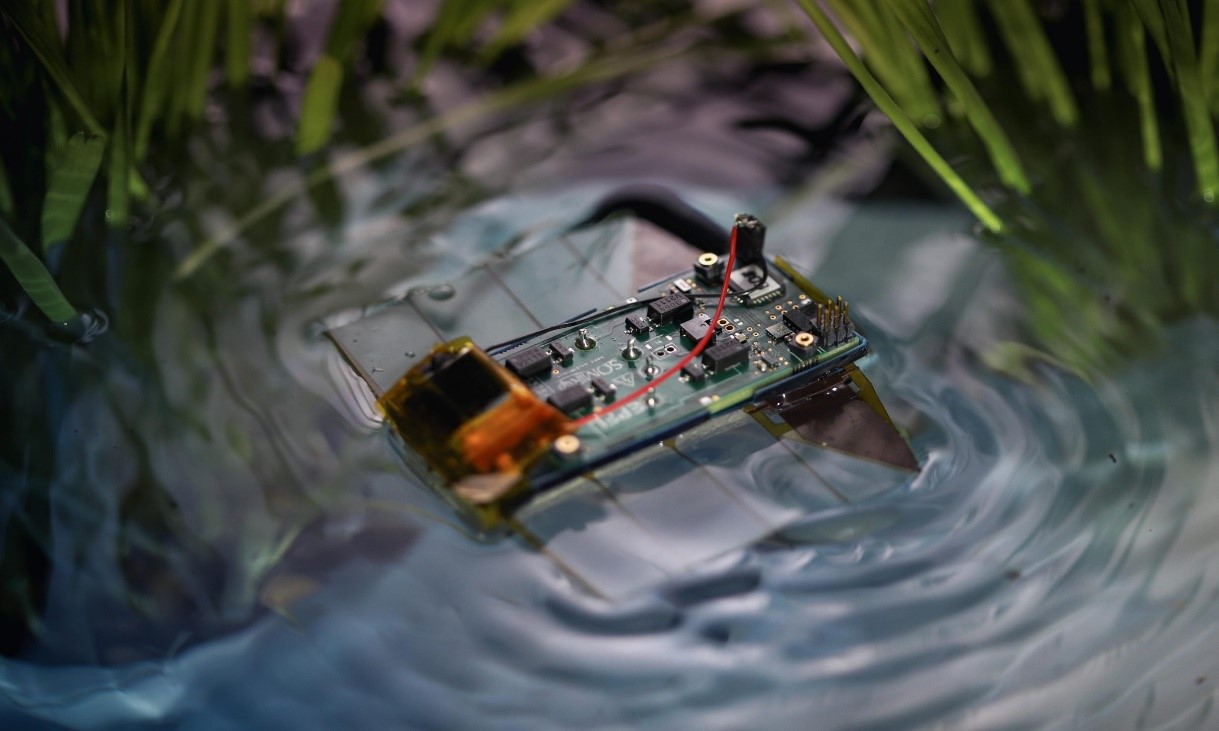
Figure 1. Ultra-Light Swimming Robot Mimics Flatworms for Precise Aquatic Navigation
To tackle these challenges, researchers from EPFL’s Soft Transducers Lab and Unsteady Flow Diagnostics Laboratory, in collaboration with the Max Planck Institute for Intelligent Systems, have developed a compact, highly maneuverable swimming robot [1]. Weighing just six grams and smaller than a credit card, this agile robot can navigate tight spaces and carry loads much heavier than itself. Its design makes it ideal for confined environments like rice fields or inspecting waterborne machinery. The study is published in Science Robotics. Figure 1 shows Ultra-Light Swimming Robot Mimics Flatworms for Precise Aquatic Navigation.
“In 2020, our team developed autonomous insect-scale crawling robots, but creating untethered ultra-thin robots for aquatic environments presented an entirely new challenge,” says Herbert Shea, head of EPFL’s Soft Transducers Lab. “We had to start from scratch, designing more powerful soft actuators, new undulating locomotion strategies, and compact high-voltage electronics.”
Miniature Electronics for Independent Functionality
Unlike traditional propeller-based systems, the EPFL robot propels itself using silently undulating fins inspired by marine flatworms. This lightweight design enables it to float on the water’s surface and integrate seamlessly into natural environments.
“Our design doesn’t just mimic nature—it surpasses what natural organisms can accomplish,” says Florian Hartmann, former EPFL researcher and now a research group leader at the Max Planck Institute for Intelligent Systems in Stuttgart, Germany.
By oscillating its fins up to 10 times faster than marine flatworms, the robot can reach speeds of 12 centimeters per second (2.6 body lengths). Its four artificial muscles enable exceptional maneuverability, allowing it to swim forward, turn, and even move backward and sideways with precision.
To power the robot, researchers developed a compact electronic control system that supplies up to 500 volts to the actuators while consuming just 500 milliwatts—four times less than an electric toothbrush. Despite operating at high voltage, its low currents and shielded circuitry ensure complete safety for its surroundings. Equipped with light sensors functioning as simple eyes, the robot can autonomously detect and follow light sources.
The researchers see the robot playing a key role in ecological studies, pollution tracking, and precision agriculture, among other applications [2]. Their next goal is to develop a more robust platform for field testing.
“We aim to extend operating times and improve autonomy,” says Hartmann. “The fundamental insights from this project will not only push the boundaries of bioinspired robotics but also pave the way for practical, lifelike robotic systems that integrate seamlessly with nature.”
References:
- https://www.sciencedaily.com/releases/2025/02/250219154625.htm
- https://scitechdaily.com/scientists-develop-tiny-6-gram-robot-that-swims-through-tight-spaces-with-ease/
Cite this article:
Janani R (2025), Scientists Create a 6-Gram Mini Robot Capable of Swimming Through Tight Spaces Effortlessly, AnaTechMaz, pp. 148


